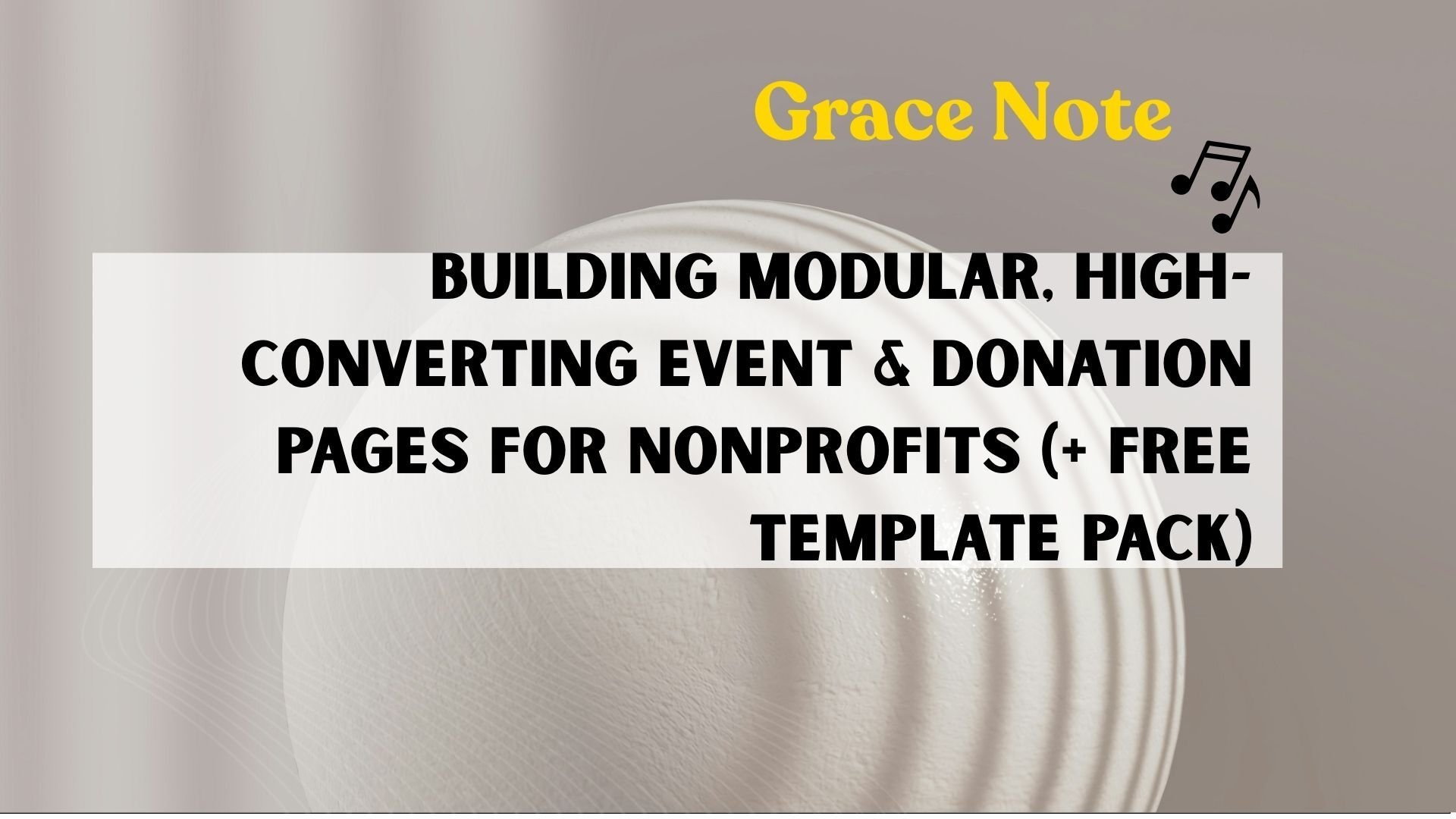
The Myth of Buyer Personas in Arts and Culture Marketing

In marketing, buyer personas are often considered indispensable. These fictional profiles of ideal customers are championed as essential tools for crafting effective strategies. Yet, in my decade of experience managing cultural organizations, I’ve found that this approach rarely works as intended in the arts and culture sector.
Because Culture Is for Everyone
The concept of buyer personas inherently narrows your target audience by focusing on specific needs. In traditional marketing, this makes sense: it bridges a need with a product or service that fulfills it. For example, a company selling patient management software must target hospitals and medical professionals, not daycare workers or firefighters.
But culture is different. Culture is for everyone. Take poetry readings as an example: they can occur in both prisons and at presidential inaugurations. In prisons, poetry offers a medium for reflection and personal growth. At inaugurations, it provides a unifying voice for the nation. These examples highlight a profound truth: culture transcends socioeconomic status, education, and geography. Its value lies in its ability to connect with our shared humanity and fulfill the universal need to feel alive, regardless of circumstance.
Because Culture Is Not a Commodity
Culture isn’t something people “need” in the transactional sense, like sneakers or smartphones. Instead, people are “in need” of culture as a way to navigate life’s complexities.
One of my most memorable cultural experiences last year was attending Leopoldstadt at Shakespeare Theater Company in Washington, D.C. The play explores the journey of a Jewish family through two world wars, Viennese culture, and the Holocaust. As a Korean American immigrant, I am far from the apparent buyer persona for such a production. Yet, I was deeply moved. The play reflected the universal struggles of life and the resilience of the human spirit.
Cultural experiences—whether a play, a concert, or a museum exhibit—serve as bridges to shared understanding. They fulfill the human need for self-expression, connection, and meaning. People need commodities to survive, but we are in need of culture to feel fully alive.
Rethinking Marketing for Cultural Organizations
Cultural organizations must move beyond the traditional concept of marketing. Our strategies should reflect the universal appeal of culture and communicate its value in ways that resonate with everyone.
- Focus on Your Organization’s WHY
Shift from transactional messaging (e.g., “buy tickets”) to highlighting your organization’s purpose and values. Messages centered on belonging, curiosity, transformation, and creativity (e.g., “experience the profound human spirit at this play”) resonate more deeply and build lasting connections. - Harness the Power of Compounding Messaging
A single viral campaign or successful show won’t sustain a cultural organization. Nonprofits reliant on both earned and contributed income need a disciplined, patient approach. Focus on the compounding effect of consistent, mission-driven messaging that aligns with your organization’s vision and values. A well-designed MarTechStack provides the foundation for integrated communication practices that amplify your efforts and build long-term growth and resilience.
[Download our nonprofit MarTechStack checklist] - Be Data-Informed, Not Data-Limited
Use data analytics to understand audience behaviors and preferences, but don’t let data constrain your vision. Intuition and inclusivity are just as important in reaching new and diverse audiences. Relying solely on data risks perpetuating biases and limits your ability to connect with those beyond your current audience profile. By balancing data with inclusivity, cultural organizations can expand their reach and deepen their impact.
A Mission Worth Marketing
Cultural organizations have a unique role in society: fostering understanding, connection, and creativity. Marketing strategies should reflect this mission, emphasizing the universal human need for culture rather than fitting audiences into rigid personas.
Let’s move beyond the myth of buyer personas and embrace a marketing approach that honors the boundless power of culture to connect, inspire, and transform. After all, culture isn’t just for a select few—it’s for all of us.


.png?width=1920&height=1080&name=ArtsRising%20Blog%20Banner.pptx%20(1).png)